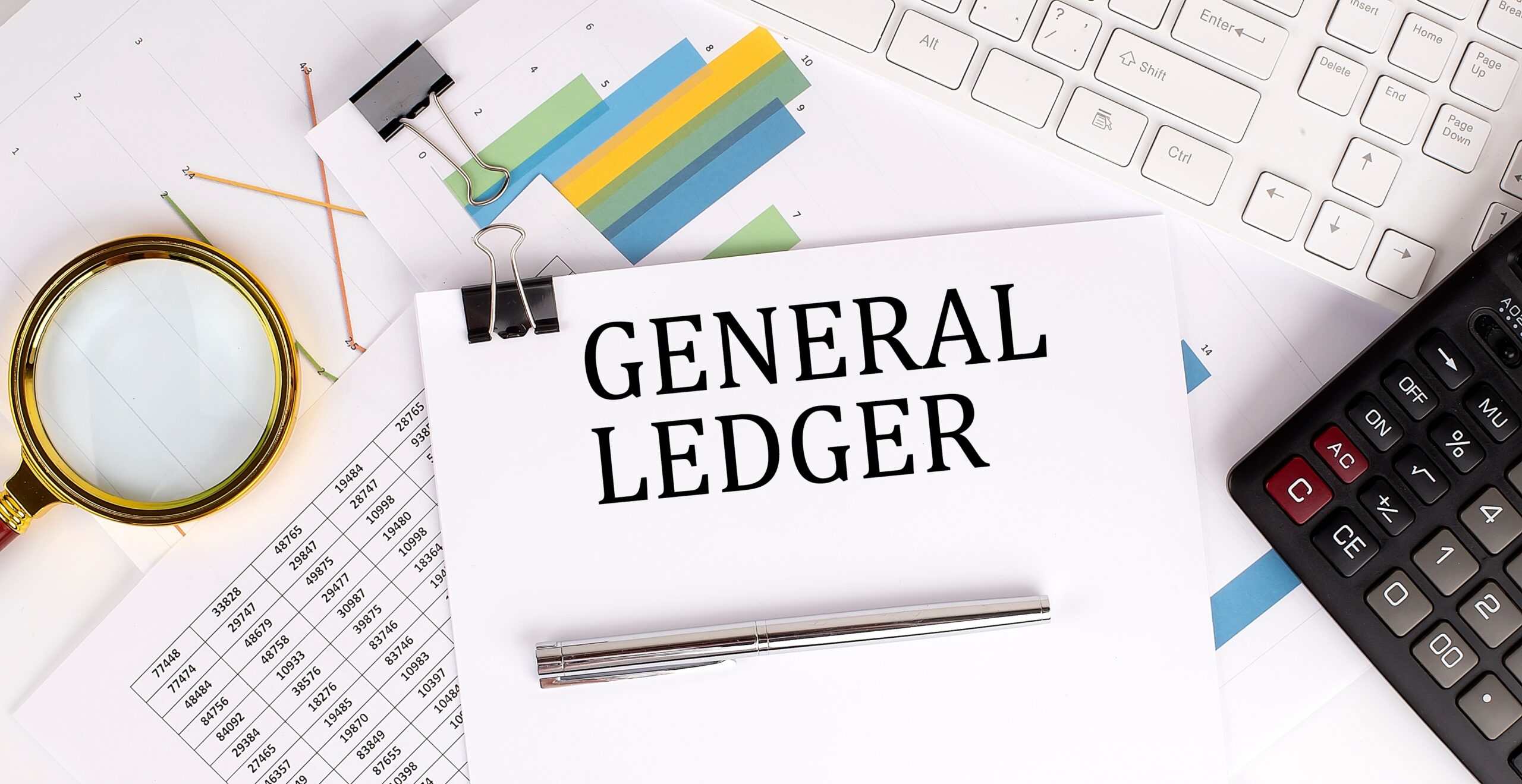Understanding the General Ledger: The Backbone of Your Accounting System
Introduction
The general ledger is a fundamental component of any accounting system. It serves as the main accounting record for a business, capturing all financial transactions and providing essential information for generating financial statements. Understanding how the general ledger works is crucial for anyone involved in financial management, from business owners to accountants.
What is a General Ledger?
A general ledger is a complete record of all financial transactions over the life of an organization. It includes every account that a company uses to record its financial activities, providing a comprehensive view of its financial position. Each account in the general ledger corresponds to a specific category of transactions, such as assets, liabilities, equity, revenues, and expenses.
Components of the General Ledger
- Accounts: Each account in the general ledger has a unique identifier and is categorized into various sections:
- Assets: Resources owned by the company, like cash, inventory, and property.
- Liabilities: Obligations owed to external parties, such as loans and accounts payable.
- Equity: The owner’s claim on the assets of the business after all liabilities have been deducted.
- Revenue: Income generated from normal business operations.
- Expenses: Costs incurred in the process of earning revenue.
- Transactions: Each financial transaction is recorded in the general ledger using double-entry bookkeeping, which means that every entry has a corresponding and opposite entry in another account. This ensures that the accounting equation (Assets = Liabilities + Equity) remains balanced.
- Journals: Transactions are initially recorded in journals (such as sales and purchase journals) before being posted to the general ledger. This process helps maintain the chronological order of transactions.
The Role of the General Ledger in Financial Reporting
The general ledger plays a vital role in financial reporting. It serves as the primary source for preparing financial statements, including:
Do you want to visit Char Dham? Char Dham Travel Agent is the best place to plan your Char Dham tour. You can book the tour from here.
- Income Statement: Shows the company’s revenues and expenses over a specific period.
- Balance Sheet: Provides a snapshot of the company’s financial position at a specific point in time, detailing assets, liabilities, and equity.
- Cash Flow Statement: Highlights cash inflows and outflows, derived from the transactions recorded in the general ledger.
These reports are essential for stakeholders, including management, investors, and regulatory agencies, as they provide insight into the company’s financial health and operational efficiency.
Importance of Maintaining an Accurate General Ledger
Accuracy in Financial Reporting
An accurate general ledger ensures that financial statements reflect the true state of the business. Any discrepancies can lead to misstatements, affecting decision-making and potentially leading to legal issues or financial penalties. Regularly reconciling the general ledger with bank statements and other financial records helps maintain accuracy.
Facilitating Budgeting and Forecasting
Businesses rely on historical data from the general ledger to make informed budgeting and forecasting decisions. By analyzing past financial performance, organizations can set realistic budgets and identify trends that may impact future performance.
Would you like to visit Indiar? A tour operator in India is the best place to plan your tour. You can book a tour from here.
Supporting Audit and Compliance
An organized general ledger simplifies the auditing process. Auditors rely on the general ledger to verify the accuracy of financial statements. In addition, a well-maintained general ledger helps ensure compliance with accounting standards and regulations, such as Generally Accepted Accounting Principles (GAAP) or International Financial Reporting Standards (IFRS).
Best Practices for Managing the General Ledger
Regular Reconciliation
To maintain an accurate general ledger, conduct regular reconciliations. Compare the general ledger balances with bank statements and other financial records to identify and resolve discrepancies promptly.
Use Accounting Software
Leveraging accounting software can streamline the process of maintaining a general ledger. Most accounting systems offer features that automate transaction recording, reporting, and reconciliation, significantly reducing the risk of errors.
Would you like to visit Haridwar? Travel agents in Haridwar are the best place to plan your trip. You can book your tour right here.
Implement Internal Controls
Establishing robust internal controls is crucial for safeguarding the integrity of the general ledger. This includes segregating duties, limiting access to sensitive financial information, and conducting regular audits to ensure compliance with established policies.
Train Staff
Ensure that all staff involved in financial transactions are adequately trained in accounting principles and the use of the general ledger. Proper training helps reduce errors and improves overall financial management.
Common Mistakes to Avoid
Neglecting Documentation
Failing to keep thorough documentation for each transaction can lead to confusion and errors in the general ledger. Always retain receipts, invoices, and other supporting documents for reference.
Overcomplicating Accounts
While it may be tempting to create multiple accounts for detailed tracking, overcomplicating the chart of accounts can lead to confusion and errors. Aim for a balance between detail and simplicity.
Ignoring Software Updates
Regularly update your accounting software to ensure that you are utilizing the latest features and security measures. Outdated software can result in inefficiencies and potential vulnerabilities.
Conclusion
The general ledger is a crucial element of any organization’s accounting framework. By understanding its components and importance, businesses can leverage it to enhance their financial management practices. Regular maintenance, accurate documentation, and effective training are essential for maximizing the benefits of the general ledger. With a well-managed general ledger, companies can ensure compliance, improve reporting accuracy, and support strategic decision-making.



